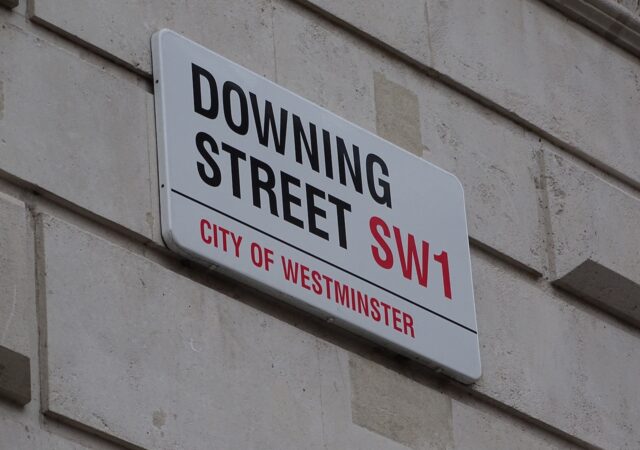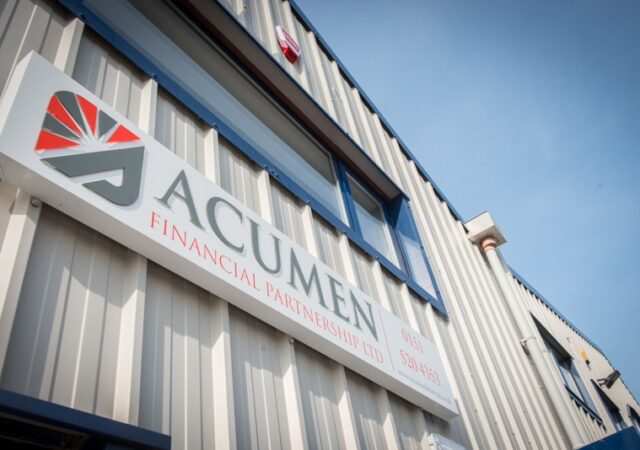Business property relief has been around for decades, yet most business owners are unaware of its existence. The question we are looking to tackle is what happens if you were to die and pass on your business to family members? Discover more about Business Property Relief (BPR) and cash management options with Acumen Financial Partnership.
What happens to a business when the owner dies?
Should a UK business owner pass away, their estate faces significant implications, often mitigated by how well they’ve utilised Business Property Relief (BPR). Essentially, BPR can act as a financial safety net, allowing the business to seamlessly transfer to heirs without the burden of Inheritance Tax.
This means that instead of grappling with the immediate financial stress of a tax bill, the family can focus on sustaining the business’s legacy and investments. However, it’s crucial to note that this relief isn’t automatically granted; the business has to meet certain criteria, particularly around its trading activities. Therefore, savvy financial planning and a keen eye on the requirements for BPR can be a game-changer, affecting not just your financial legacy but also the future stability of the business you’ve worked hard to build.
What is business property relief?
As of my last update in September 2021, Business Property Relief is a form of tax relief in the United Kingdom that applies primarily to Inheritance Tax (IHT). It aims to make it easier to pass on qualifying business assets without the burden of a significant tax bill, encouraging the continuity of businesses across generations. The relief can reduce the value of a business or its assets when working out how much Inheritance Tax has to be paid.
It is great to know what is business property relief, but what does it mean to you and your business?
How does business property relief work?
Let’s say you own an unlisted business worth £10 million and you are aware that inheritance tax is 40%. Does this mean that, on death, your family would have to raise £4 million just to hold onto the company in full?
Well, the answer is no as this is what business property relief was created for. That company can pass to your descendants without being liable for inheritance tax. It is effectively an “exempt asset” and would be free from IHT.
So, why is this important? Well, in order to qualify for BPR the company must be a trading entity and it must be unlisted. The company doesn’t have to have been created by you or a family member, instead, you could have just invested in it at some point.
What qualifies for Business Property Relief?
Business Property Relief is an essential aspect of inheritance tax planning in the United Kingdom. It can substantially reduce the IHT payable on an estate, thus potentially saving beneficiaries a significant amount of money. However, not all investments are eligible for BPR. Here are some of the UK-specific investments that could qualify:
1. What are enterprise investment schemes (EIS)?
Enterprise Investment Schemes are specifically tailored for the UK market to encourage investment in small and medium-sized enterprises (SMEs). Investing in an EIS can be riskier than other forms of investment, but the potential for high returns and various tax reliefs, including BPR, make it attractive. Once EIS shares are held for a minimum of two years, they can qualify for 100% relief from IHT. This is a substantial incentive for those who are keen on reducing their future IHT liabilities.
2. What are Seed Enterprise Investment Schemes (SEIS)?
The Seed Enterprise Investment Scheme is another UK initiative aimed at stimulating economic activity by enticing investors to put money into smaller start-up businesses. These are high-risk investments but offer compelling tax advantages. Similar to EIS, SEIS investments must be held for a minimum of two years to qualify for BPR. Given their higher risk, SEIS investments may offer even more generous tax reliefs than EIS, making them an appealing option for those with a higher risk tolerance.
3. What are Alternative Investment Market (AIM) Shares
AIM is a sub-market of the London Stock Exchange that allows smaller companies to float shares with a more flexible regulatory system than what is applicable to the main market. Investing in AIM-listed companies is another way to secure BPR benefits, although, like EIS and SEIS, these investments are not without risks. AIM shares must also be held for a minimum of two years to be eligible for 100% IHT relief under BPR.
4. What are qualifying BPR Trading Entities?
Some businesses in the UK are specially structured to be eligible for Business Property Relief. These typically need to be trading entities rather than investment entities. The distinction is essential: while a trading business sells goods or services, an investment entity primarily generates income from the assets it holds. Owning part of a BPR-qualifying trading entity for the required minimum period can also make that portion of your estate IHT-free.
All of these have minimum investment periods before you qualify for Business Property Relief but it does allow individuals access to this potentially valuable IHT saving benefit.
If Estate Planning or IHT mitigation is something you are interested in, please feel free to contact our Independent Financial Advisers at [email protected] or call us on 0151 520 4353 and we will be happy to help.



